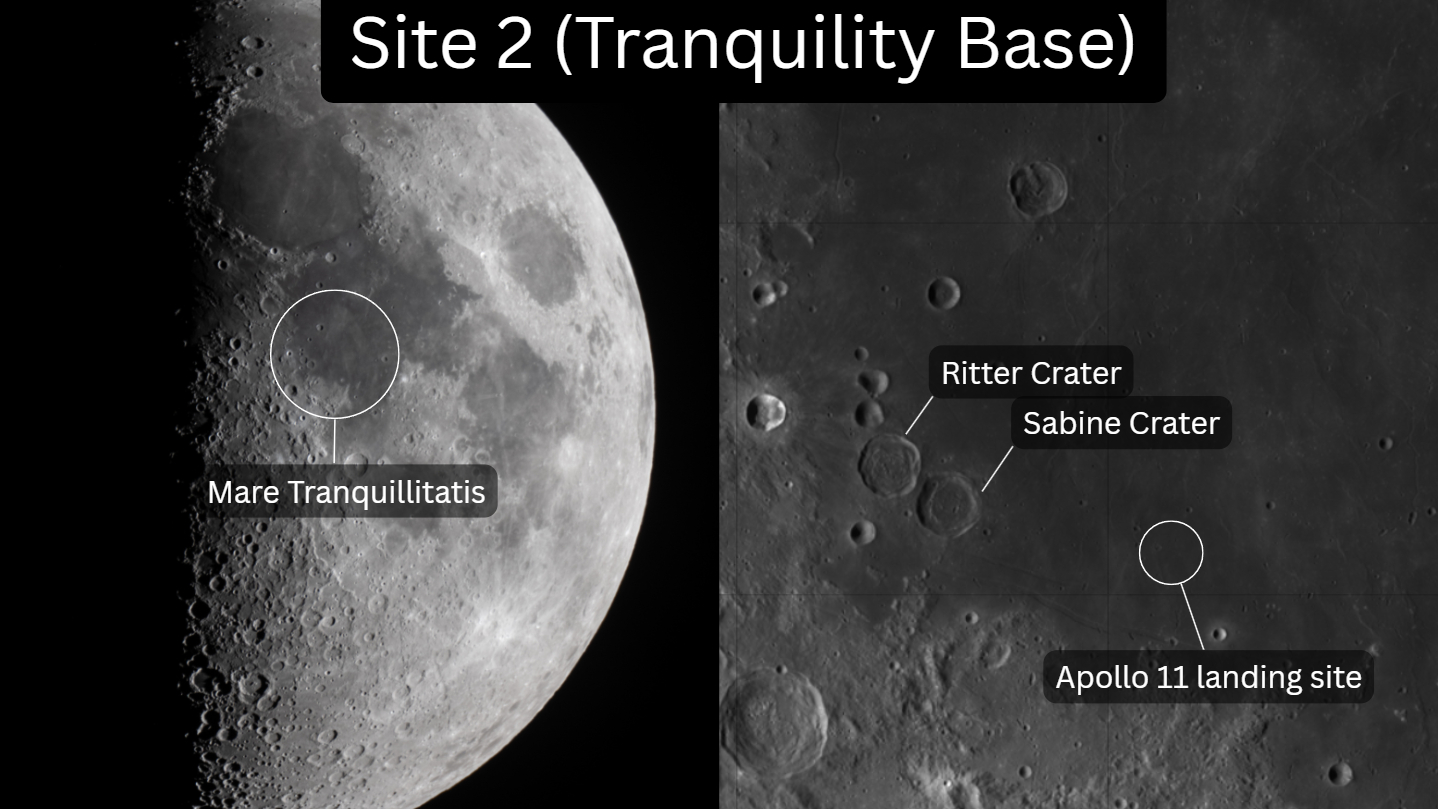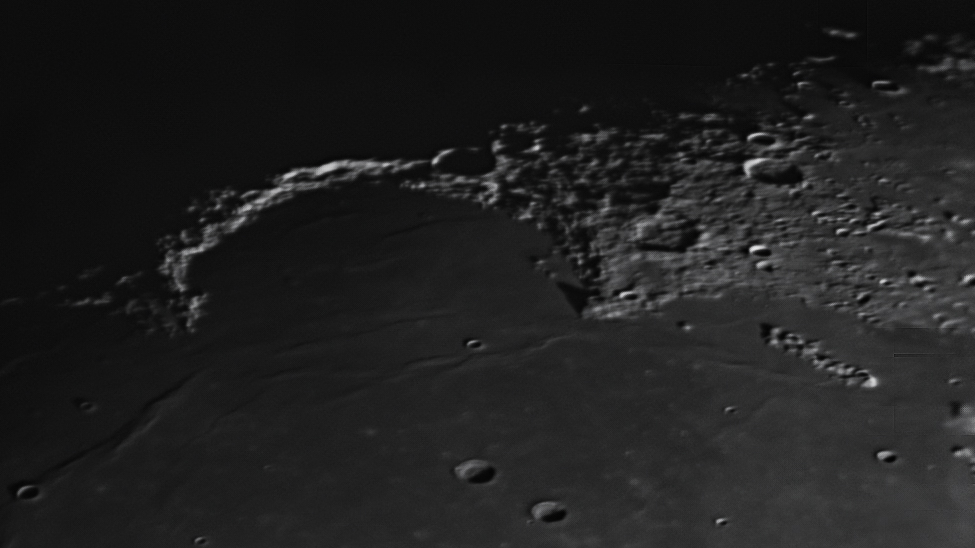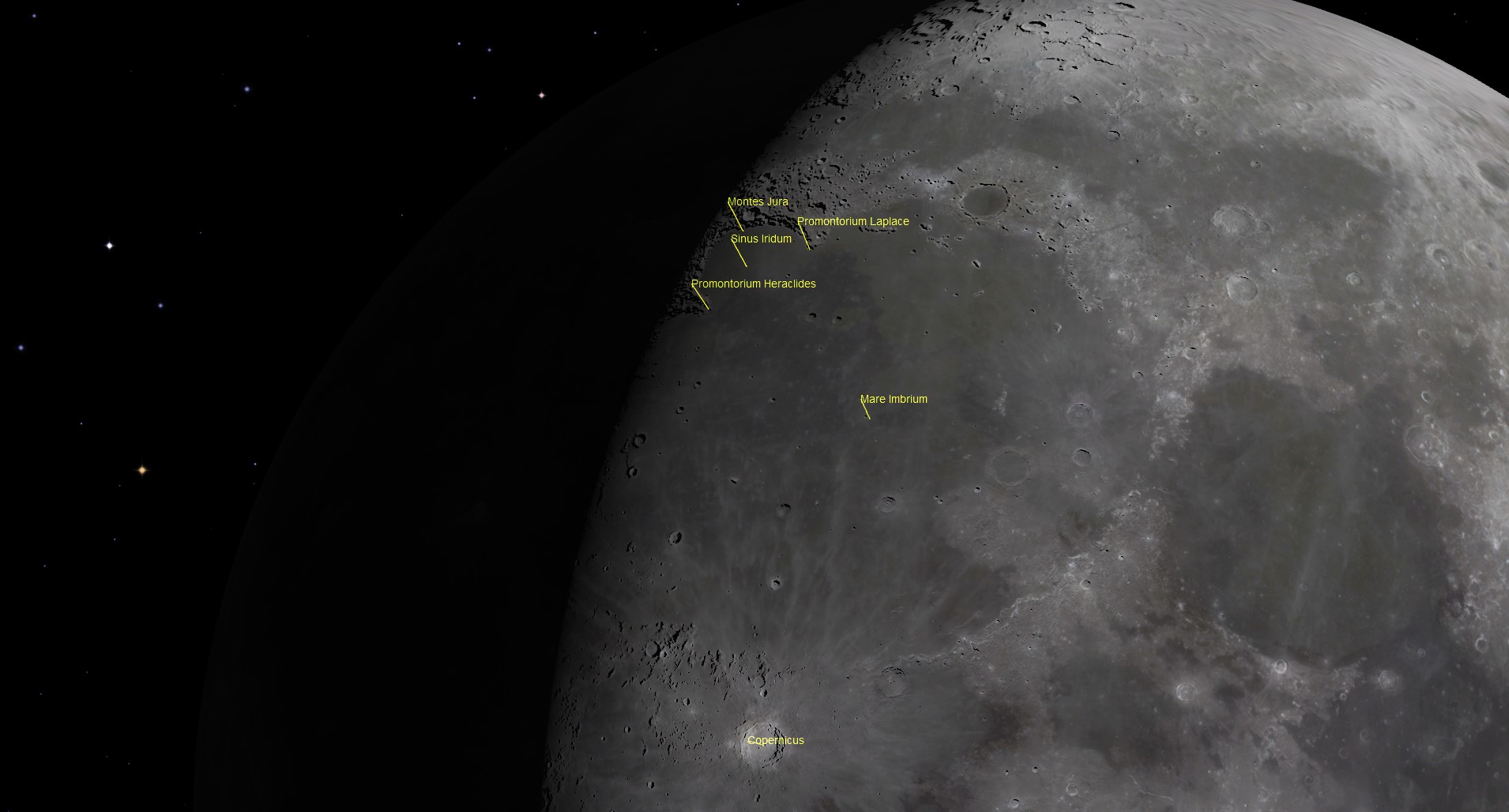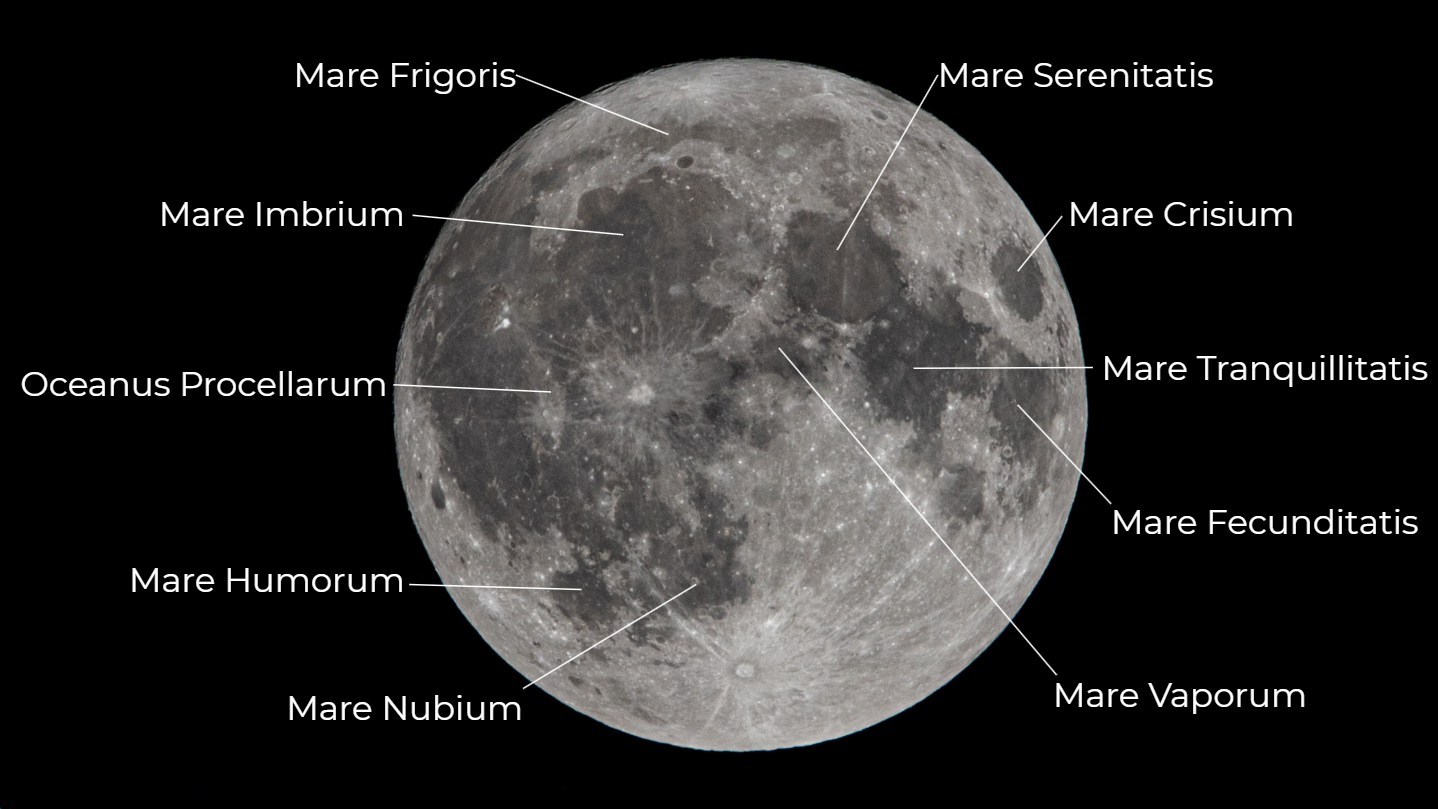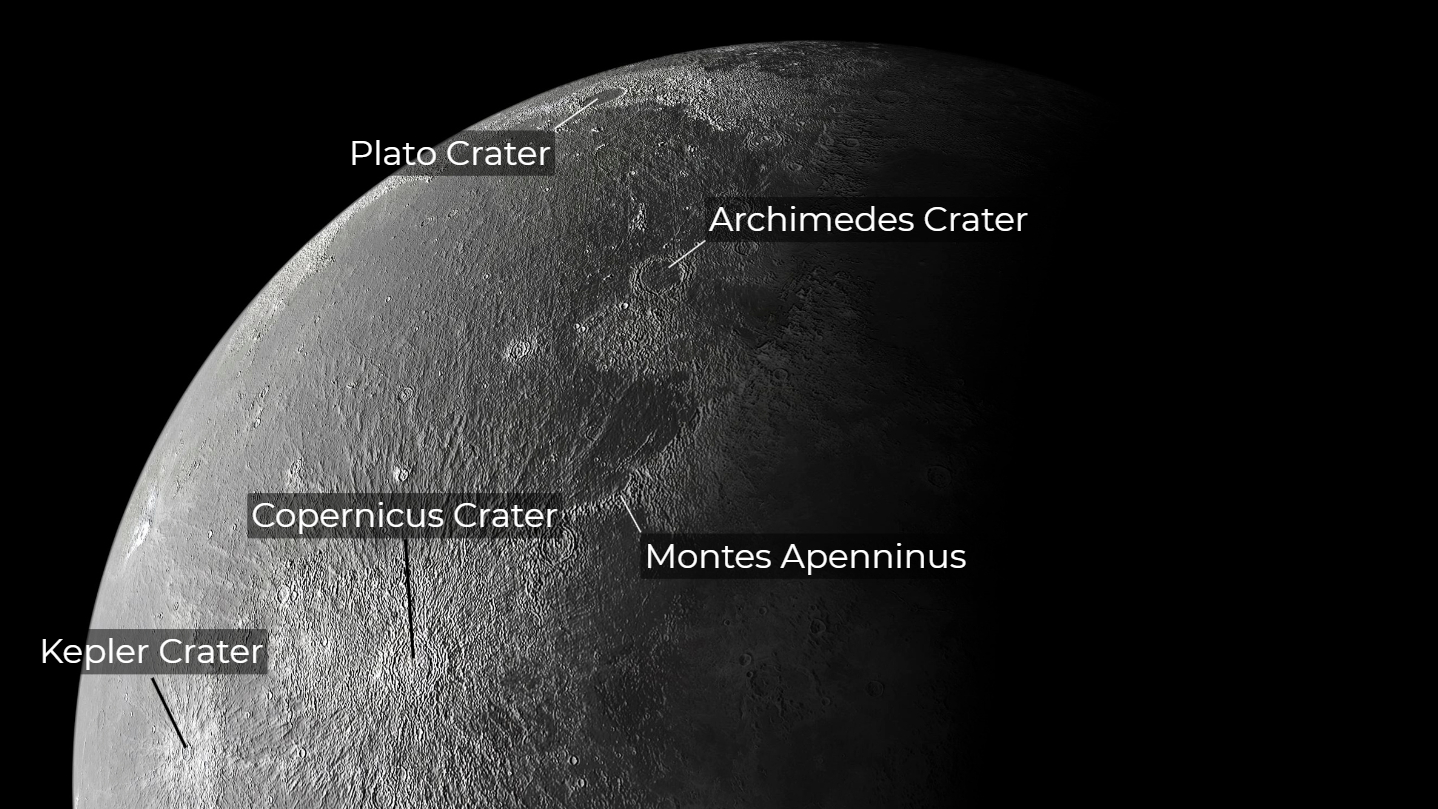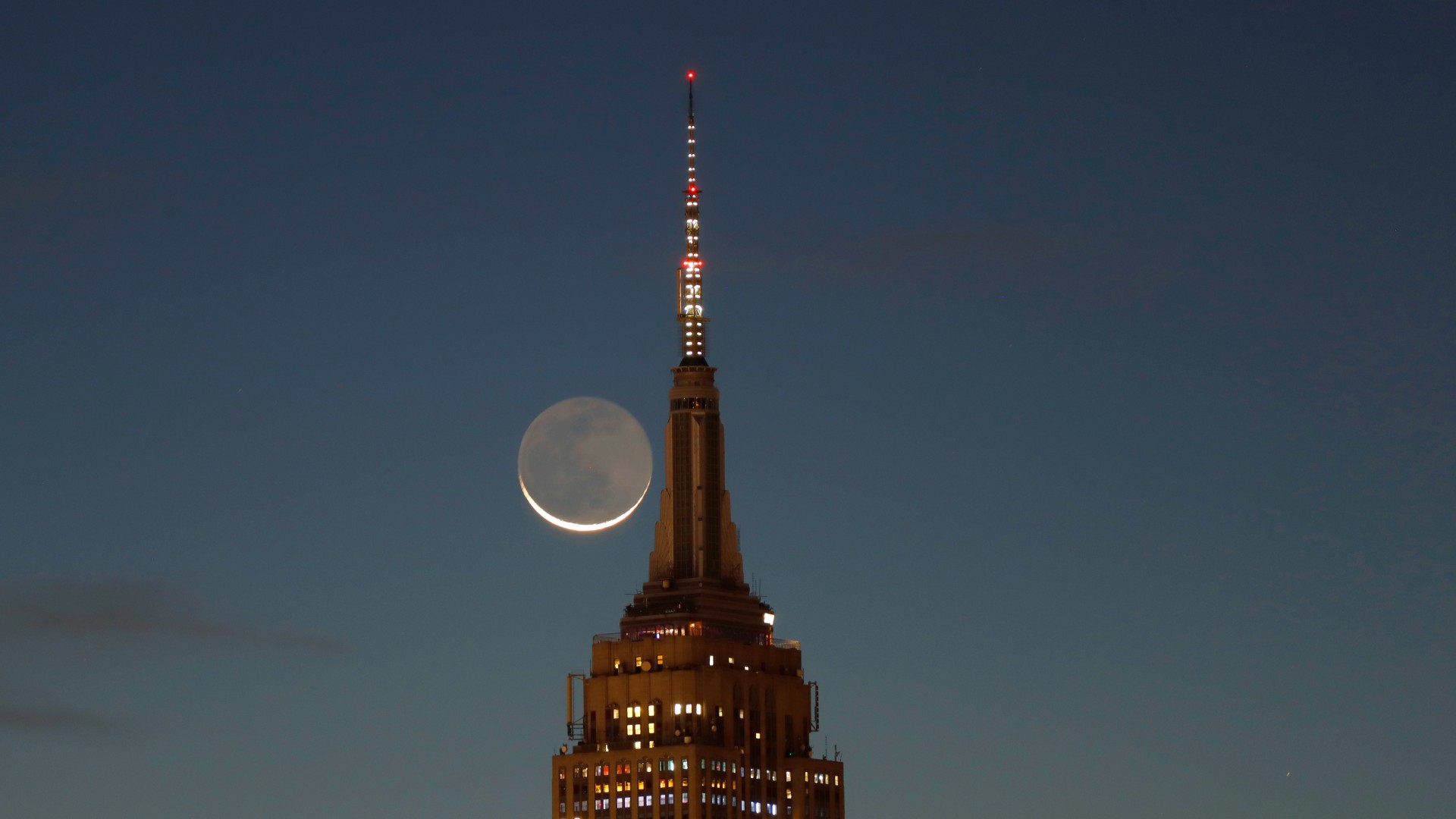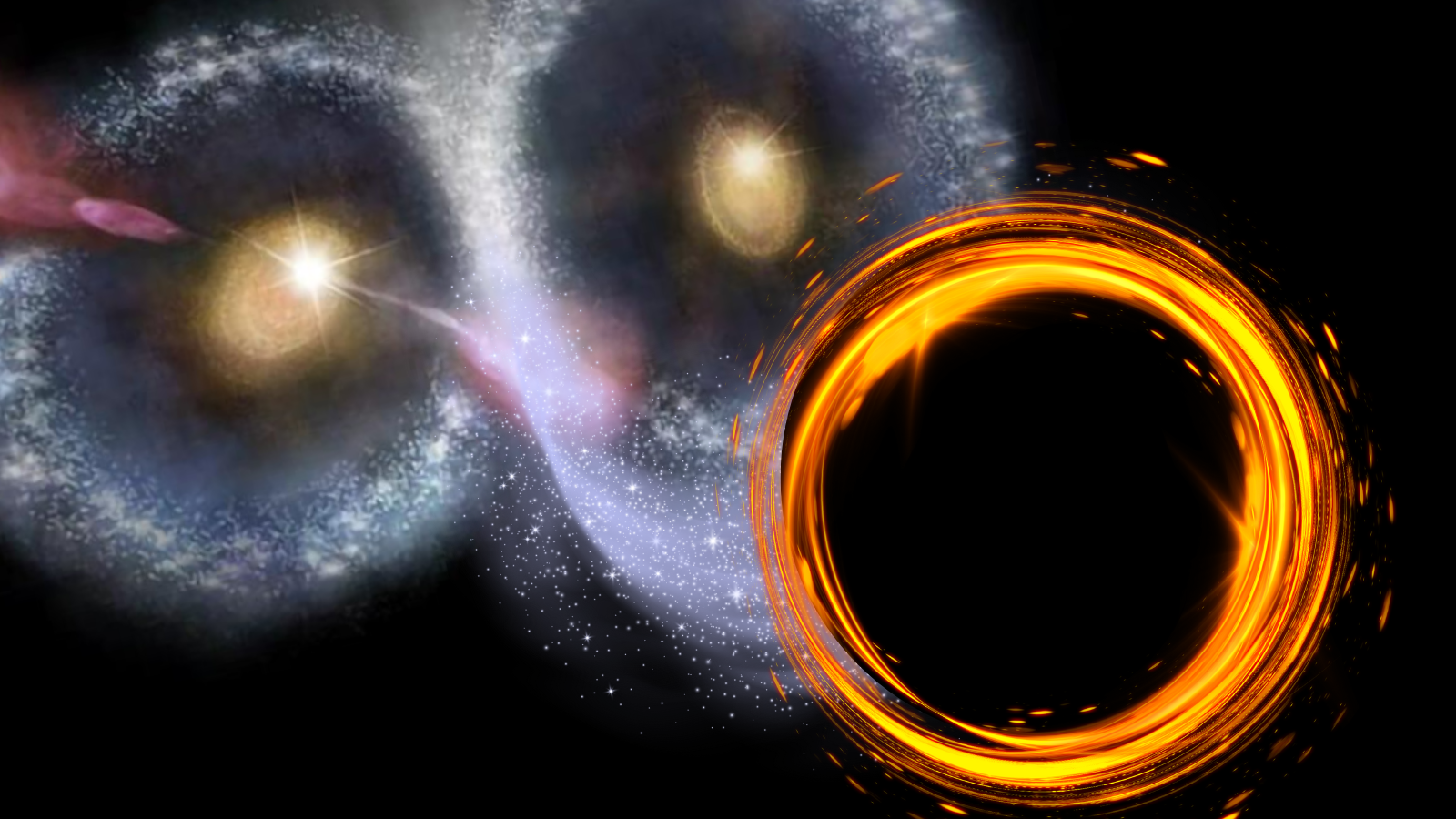August Moon: Here's what to look for during all 4 major moon phases
Join us on a guided tour of August's moon through all four major lunar phases.
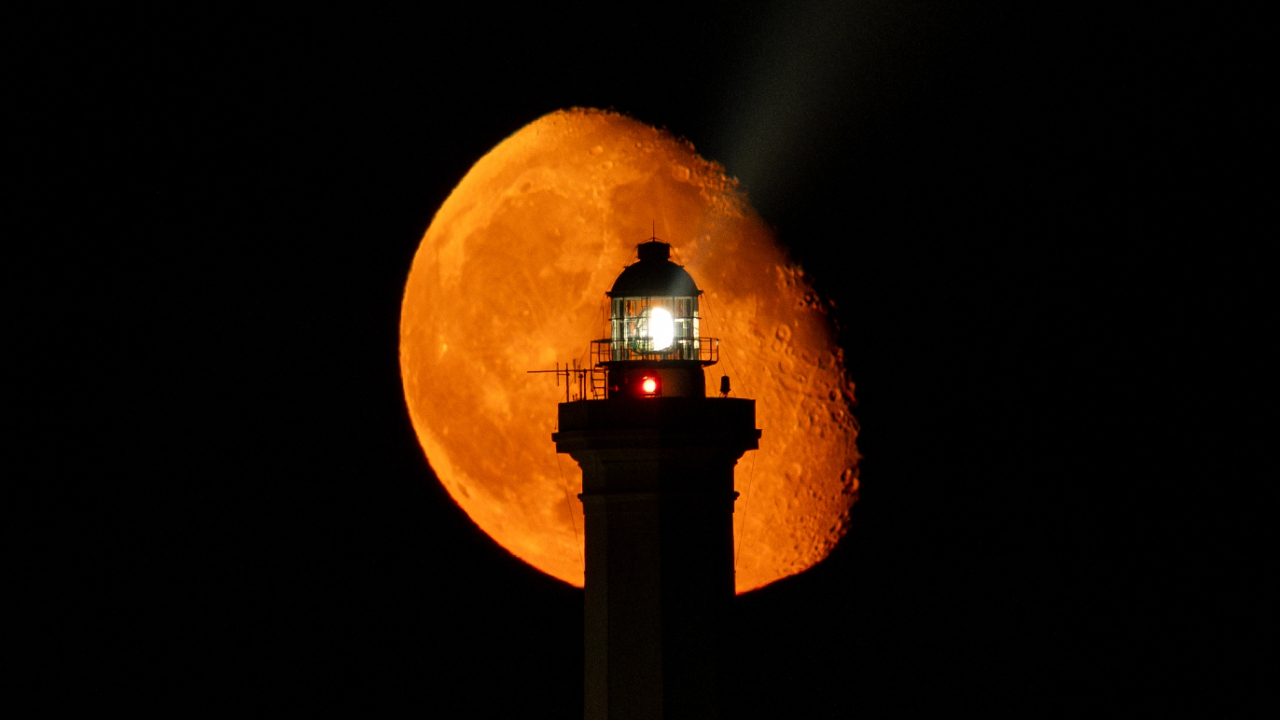
The ever-shifting phases of Earth's moon present a wealth of targets for amateur astronomers to explore, ranging from magnificent craters and lunar seas to strange visual phenomena created as sunlight plays across the ancient surface, forming familiar shapes where none should be.
So, grab your telescope and join us on a short, guided "road trip" of August's moon, in which we'll highlight a series of stunning targets to explore during each moon phase.
Any backyard telescope will allow you to pick out the targets on our list, though a scope with an aperture of 6 inches or more will help reveal more detail across ancient lunar landscapes. Be sure to check out our roundups of the best telescopes and binoculars for exploring the solar system if you find yourself wanting a closer look at Earth's natural satellite.
The first quarter moon (Aug. 1)
The nights following each new moon phase will see the line separating night from day on the lunar surface creep inexorably westward. By Aug. 1, this line of demarcation — known as the terminator — will divide the lunar surface in two, heralding the onset of the moon's "first quarter phase." During this phase, the moon will already be high in the sky at sunset, with its right side fully lit and its left hidden under a veil of shadow.
The nights leading up to Aug. 1 present a perfect opportunity to search for the historic Apollo 11 landing site on the southwestern shore of Mare Tranquilitatis (Latin for the Sea of Tranquility), from where Neil Armstrong announced "the Eagle has landed" on July 20, 1969. Mare Tranquilitatis is easily visible to the naked eye as a dark basaltic plain close to the equator to the right of the terminator, as indicated on the graphic below.
A 6-inch telescope will help you zero in on the landing zone — known as Tranquility Base — by looking to the lower right of the prominent Ritter and Sabine craters, which can be found on the western edge of the lunar mare.
Two nights later, on Aug. 4, the moon's terminator will fall slightly to the west of the Sinus Iridum impact basin, causing a brilliant "Golden Handle' to appear in the northwest region of the lunar surface. This striking effect occurs when the sun's rays pick out the peaks of the Montes Jura mountain range on the northern edge of Mare Imbrium.
Breaking space news, the latest updates on rocket launches, skywatching events and more!
The full "Sturgeon Moon" (Aug. 9)
By Aug. 9, the relentless westward march of the terminator will have swept across the entirety of the lunar surface, setting the stage for the full "Sturgeon Moon" to slip above the horizon at sunset, local time. The Sturgeon Moon is named for the time of year when the titular fish are most readily caught; it presents a good opportunity to observe the mighty form of Tycho crater extending its influence over the lunar disk.
Tycho is easily visible to the naked eye, thanks in part to the vast streaks (or rays) of reflective material cast outward across the lunar surface in the wake of the brutal asteroid impact that created the 53-mile-wide (85-kilometer) crater. Every one of the moon's larger impact sites would have once played host to a bright ray system like Tycho, though exposure to the harsh space environment has since caused many to fade. After all, Tycho formed a mere 108 million years ago, while other lunar craters have been estimated to be 3.9 billion years of age.

The August full moon also presents a great time to learn the locations of the many lunar mare (Latin for "seas") that can be spotted with the naked eye as the surface of Earth's natural satellite darkens. Each of the mare visible today were created billions of years ago, when lava flows filled the network of lunar craters carved out by powerful asteroid strikes. The lava lakes swiftly hardened to "repave" the moon, forming enormous basaltic plains that can be explored without the need for a telescope or binoculars.
Mare Crisium can be spotted as a dark oval to the northeast of the lunar surface, while Mare Tranquillitatis (the Sea of Tranquility) — which plays host to the Apollo 11 landing site — is located to its left, bordered to the north by Mare Serenitatis (the Sea of Serenity).
The equatorial region to the westward side of the lunar disk is dominated by Oceanus Procellarum (the Ocean of Storms), with Mare Imbrium (the Sea of Showers) to the north and Mare Nubium (the Sea of Clouds) to the south.
The third quarter moon (Aug. 16)
The passing of the full moon will see the terminator return to sweep over the eastern limb of the lunar surface until, finally, on Aug. 16, the third quarter moon will rise, with its right half bathed in shadow and its left illuminated by direct sunlight.
Aug. 16 is a great opportunity to observe a dramatic display of light and shadow play across the terminator and to hunt down a pair of massive craters named to honor two legendary ancient Greek philosophers, inventors and astronomers: Plato and Archimedes.
Look for the 62-mile-wide (10 km) Plato Crater just below the narrow form of Mare Frigoris soon after the moon rises around midnight on Aug. 16. Then, follow the terminator south to find the similarly sized Archimedes impact site above the pronounced sweep of the Montes Apenninus mountain range.
The following night (Aug. 17) is a wonderful time to see the Copernicus and Kepler craters brightening Oceanus Procellarum. Both impact sites are surrounded by bright ejecta rays, albeit less pronounced than those exhibited by Tycho further to the south.
The Copernicus Crater looks particularly impressive around this time, with its westward rim and central peak cast into relief by the oblique angle of the sun. Copernicus had been proposed as a candidate landing site for the Apollo 18 crewed lunar mission, though the program was cancelled long before its scheduled launch date due to budget constraints.
New moon (August 23)
During the new moon phase, the lunar disk lurks unseen in the daytime sky, leaving the night unblemished by the glare of reflected sunlight. Head away from city lights around this time to hunt the glowing band of the Milky Way's core, which can be spotted during the summer months streaming towards the eastern horizon as dusk gives way to night in dark sky locations.
The moon will appear as a slim waning or waxing crescent on a handful of nights before and after the new moon phase, during which you may see the shadow-veiled expanse of the lunar surface infused with a soft glow. This phenomenon, known as "Earthshine," or the "Da Vinci Glow," occurs when the moon is positioned roughly between our planet and the sun, at which point sunlight reflected off Earth's surface bathes the unlit lunar disk in a subtle glow.
Editor's Note: If you would like to share your astrophotography with Space.com's readers, then please send your photo(s), comments, and your name and location to spacephotos@space.com.
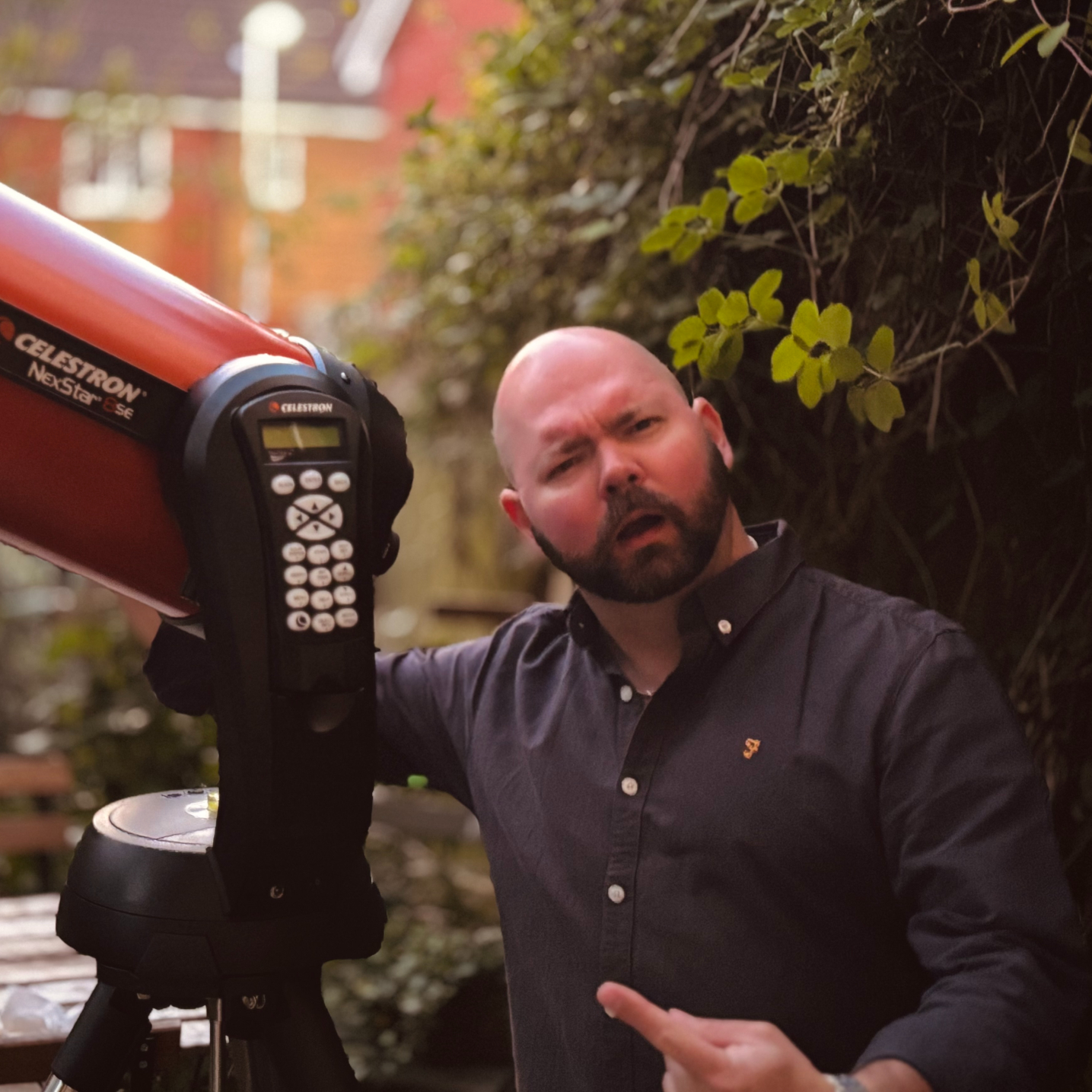
Anthony Wood joined Space.com in April 2025 after contributing articles to outlets including IGN, New Atlas and Gizmodo. He has a passion for the night sky, science, Hideo Kojima, and human space exploration, and can’t wait for the day when astronauts once again set foot on the moon.
You must confirm your public display name before commenting
Please logout and then login again, you will then be prompted to enter your display name.
